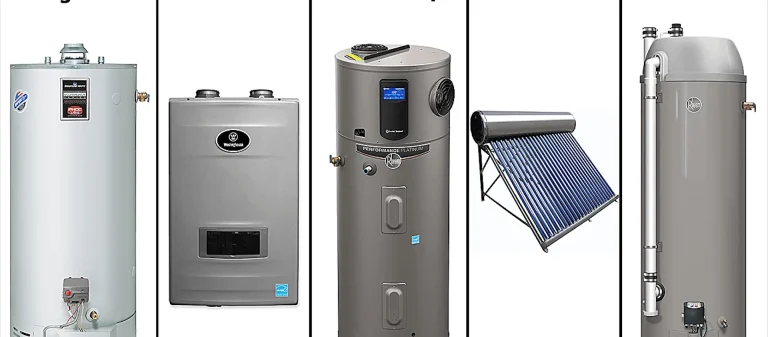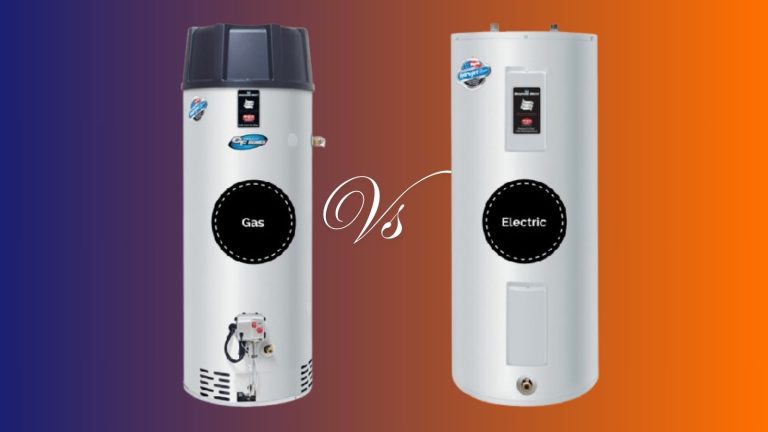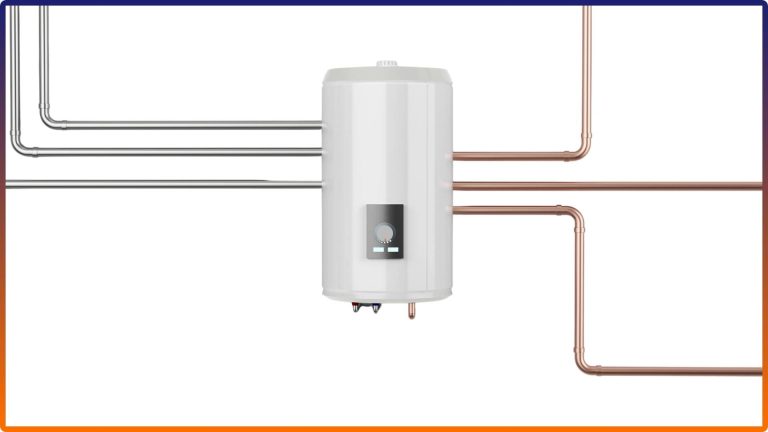How to Turn Off Water Heater. On and Off Easy Guide
Introduction
Learn how to turn off water heater to prevent leaks and costly damage with this easy step-by-step homeowner’s guide.
Knowing how to turn off your water heater is more than a basic skill. If you notice a leak or suspect a faulty valve, it’s crucial to act quickly to overcome from serious damage.
Safety First – Before You Turn Off a Water Heater
Check for leaks and hazards.
Start by inspecting the area around your leaking water heater for signs of water pooling, corrosion, or a visible leak. A leaking tank can be a serious warning sign.
Also, verify there’s no strong smell of gas (for a gas system) or exposed wiring (for an electric system).
Gather your tools and protective gear.
Before you touch anything, make sure you have:
- Flashlight
- Garden hose (just in case you need to drain)
- Protective gloves and possibly safety goggles
- A bucket is draining small amounts
- Make sure your floor surface won’t be damaged by hot or rusty water
Turning Off the Water Heater In Easy Steps
How to Turn Off an Electric Water Heater
- Locate the breaker or circuit panel. For an electric system, you must shut off the electrical power first:
- “Find the circuit breaker panel … identify the breaker for the water heater … flip it to the ‘off’ position.”
- Confirm the power is off by turning on a hot-water faucet to see if no new hot water comes out.
- Locate the shut-off valve on the cold-water supply line entering the tank and turn it clockwise until it stops. This stops the cold water supply. See the next section for more details.
- If you are also draining the tank (perhaps for maintenance), attach a garden hose to the drain valve and run it to a safe, low-lying spot. See “shutting off the water supply and valve system” below.
How to Turn Off a Gas Water Heater
- Locate the gas supply valve near the heater. Turn the valve handle to the OFF position:
- “Find the gas control valve … rotate the gas supply valve to the ‘off’ position …”
- Next, turn off the water supply as described below.
- If your tank has a pilot light, follow the manufacturer’s instructions for safely extinguishing or leaving it in the “pilot” position, depending on your model.
- If you’re performing maintenance, you may also attach a hose to the drain valve to remove water from the tank.
Turning off the Water Supply by the shut-off valve
- Locate the cold-water inlet line to the water heater. The pipe often enters the tank at the top and has a shut-off valve (ball valve or gate valve).
- Turn the valve handle clockwise (or to the “off” or 90° position if a ball valve) until it stops. This shuts off the water supply to the heater.
- If no dedicated valve exists at the tank, you may need to shut off the main house water supply.
- If you are going to drain the tank (for example, after a leak), attach a garden hose to the drain faucet and run it safely outdoors or to a drain. Make sure the hose is rated for hot water.
What to Do If You Notice a Leak
A leak at or around your water heater is a serious issue. Stop the system immediately: turn off power or gas, shut off the water supply, and call a professional if needed.
Important Note
Important: Before beginning any work with your water heater, turn off the electricity (breaker) and gas supply. Ignoring this step could lead to an electrical shock, gas leaks, or equipment damage.
FAQ
Q1: Can I turn off the water heater when I go on vacation?
Yes, you can turn off your water heater if you’ll be away. But be aware that some systems may allow bacteria, like Legionella, to grow if the hot water sits stagnant for a long time.
Q2: Where is the shut-off valve for the water heater usually located?
It’s typically on the cold-water piping entering the top of the tank, or sometimes on the side of the heater. If not present, you may need to use the main house water shut-off valve.
Q3: Do I need to drain the water heater after turning it off?
Not always. If you’re shutting it off temporarily, it may not be necessary. But if you’re doing maintenance, you’ve had a leak, or you expect to leave it off for a long period, draining is recommended.
Q4: What about the relief valve (aka T&P valve)?
The temperature-and-pressure relief valve is a safety device on the heater. It’s good to check it and make sure it’s functioning. If you’re working on the heater or draining it, you may open it to allow air in.
Q5: Is turning off an electric water heater safe for a long time?
Yes, in many cases, you can shut off an electric water heater for an extended period. But turning it off and on repeatedly may stress the system, and low-temperature stored water may become a bacteria risk.
Conclusion
If you have a gas water heater or an electric water heater, the critical steps are the same: cut the power or gas, shut off the water supply via the valve, and drain if needed. Doing so can protect your home from leaks and damage. Next time you spot a leak or plan a longer vacation, you’ll be ready.
Call to Action
If you found this guide helpful, check out our article on [internal-link: /how-to-choose-water-heater] for tips on picking the right water heater model. Subscribe to our newsletter to get more step-by-step instructions and checklists for home maintenance!
—
Thanks for reading. Stay safe and happy home-maintaining!



